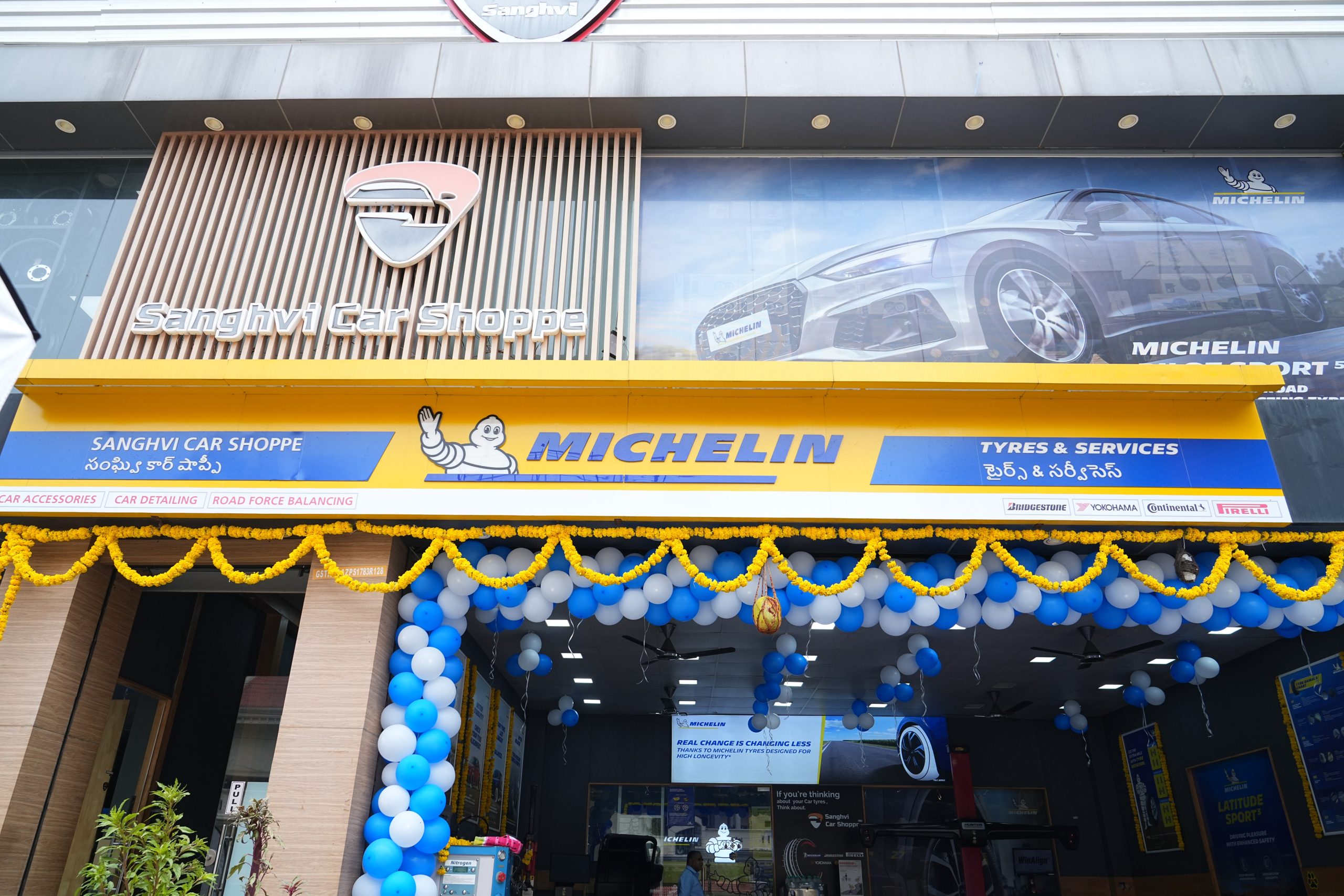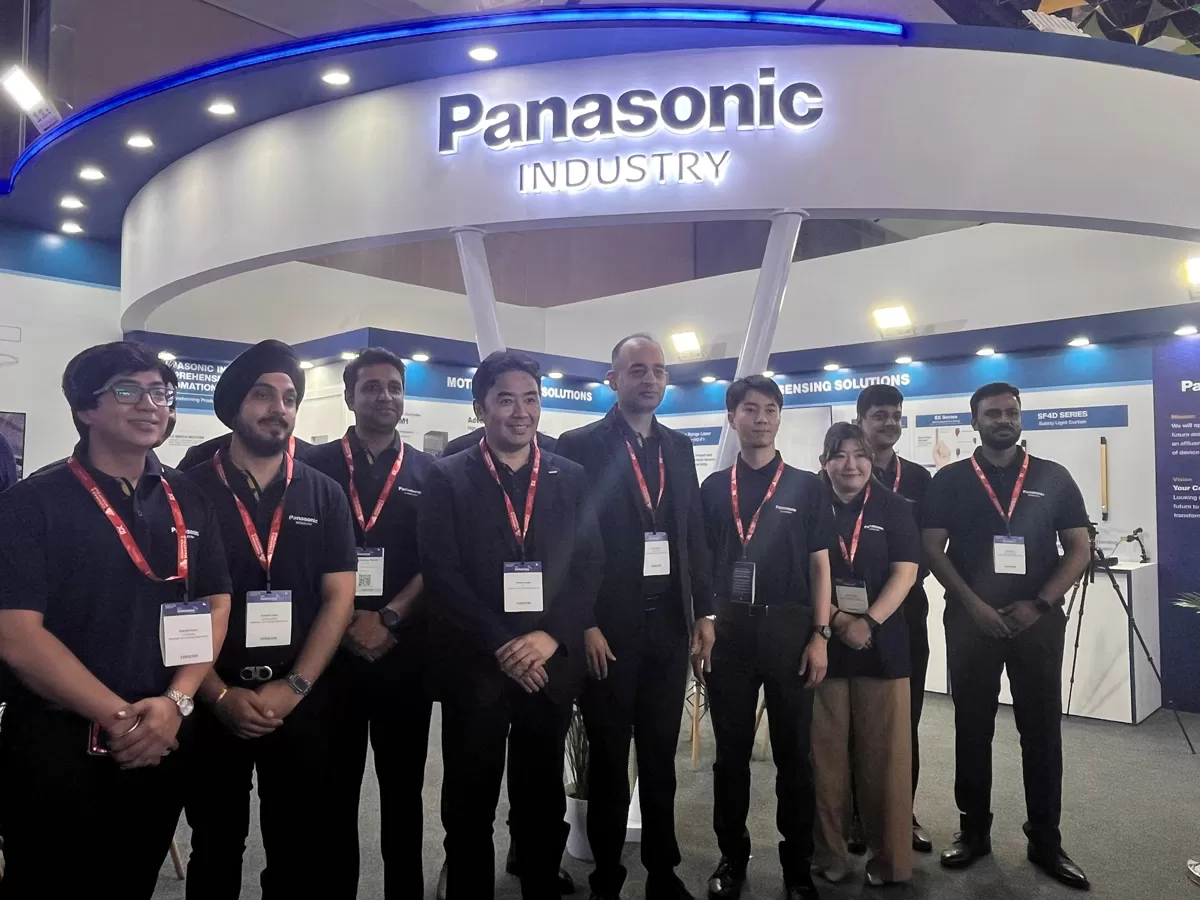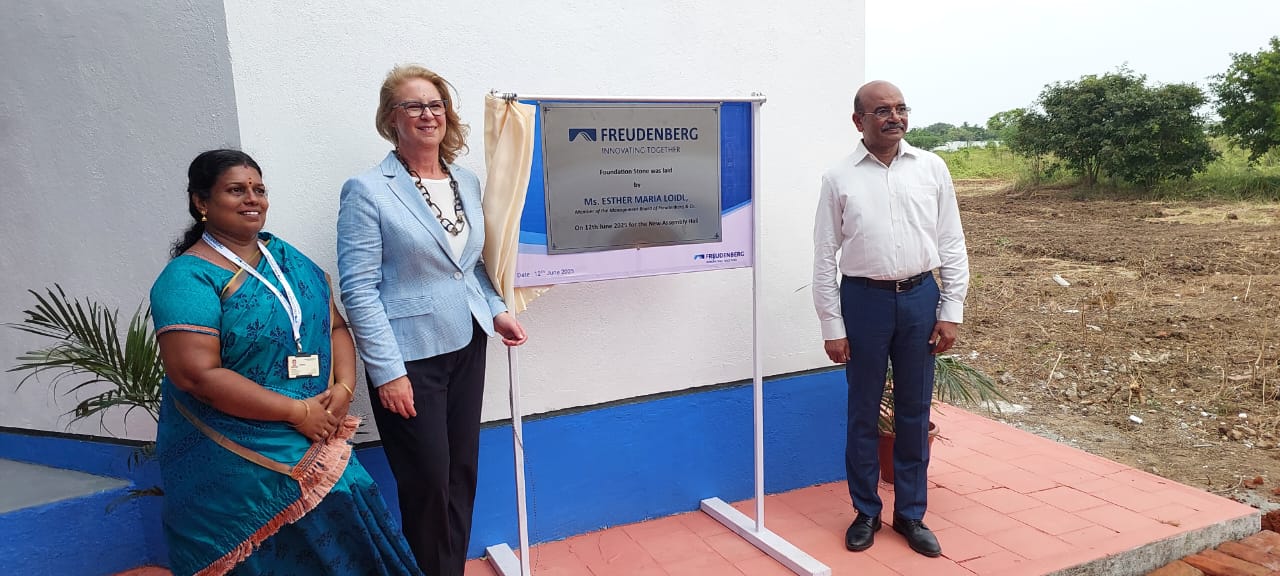“With the help of intelligently connected technology, automated driving is becoming safe and efficient,” explained the Chairman of the Continental Executive Board, Dr. Elmar Degenhart, at the 2016 auto motor und sport conference in Stuttgart. ” We have been supplying hardware in the form of tires, elastomers, electronics, and mechatronics for 145 years. Thanks to the early expansion of our operations and the acquisitions we made in aid of this, our developers have been able to focus more intensely on sensor technology and software for more than 30 years. Increasing digitization is changing our products and technologies more and more. This digitization enables automated driving and prepares the way for new mobility services.”
The six building blocks of automated driving
“We are developing the components and systems necessary for automated driving worldwide – in the U.S.A. as well as in Japan, China, and Europe. Our engineers are working on six key building blocks: sensor technology, cluster connectivity, human-machine dialogue, system architecture, reliability, and the acceptance of automated driving,” said Degenhart, describing the company’s automated driving work packages.
Sensors: The concept of “zero accidents” is no longer a utopia. The basis for this is supplied by advanced driver assistance systems with sensors that record the area around the vehicle at least as well as humans. Rear-view mirrors can be replaced by camera systems that not only increase safety, but also reduce CO2 emissions from cars and commercial vehicles. For sensor fusion, and ultimately for evaluating the sensor data, Continental is researching the use of artificial intelligence and bringing its broad knowledge of sensor technology and electronic control units to the development process. “In the future, we will also be installing sensors in the tires, which will enable the car to detect the condition of the road’s surface. Tires will therefore become a key part of our sensor network in the car,” said Degenhart.
Cluster connectivity: The Internet will become the car’s sixth sense. Continental is working on a powerful backend that will provide highly accurate traffic information. The basis for this will be the sensor data shared by road users coupled with the traffic backend computer. Sharing data increases the sensors’ range and enables the vehicle to “see around corners.”
Human-machine dialogue: What is the strategy if the vehicle arrives at an exit to a freeway in fully automated mode and, for example, the driver is supposed to take control again? Continental is developing the systems needed for this and for the general, future interaction between vehicle and driver. At the same time, the company is testing new solutions to the changing demands on the human-machine dialogue.
System architecture: Future system architectures for automated driving will have to securely manage the huge amount of data that is to be processed in the car. One gigabyte of sensor data per minute has to be processed in real time. Increasing sensor output and the resultant increase in the volume of data require powerful and reliable electronics and software architecture.
Reliability: Today, advanced driver assistance systems are used to support the driver. During automated driving, in the event of a malfunction, the vehicle must be able to continue safely on its way or to come to a controlled, safe stop. Redundant brake systems for this are already in development. Protection against manipulation attempts must also be considered. Continental is working with other partners from the IT and automotive industries on processes that identify such attempts and protect the vehicle systems accordingly. This kind of security requires ongoing updates to the vehicle software to ensure that the latest technology is used throughout the vehicle’s lifespan.
Acceptance: As Continental sees it, automated driving will be accepted if people trust the technology being used. Trust evolves from the intelligent dialogue between the driver and the vehicle. The driver must always know exactly what the vehicle is planning next. Developers of today’s advanced driver assistance and driver information systems take this into consideration. The growing prevalence of such systems will increase acceptance of future automated driving functions.












Leave a Reply